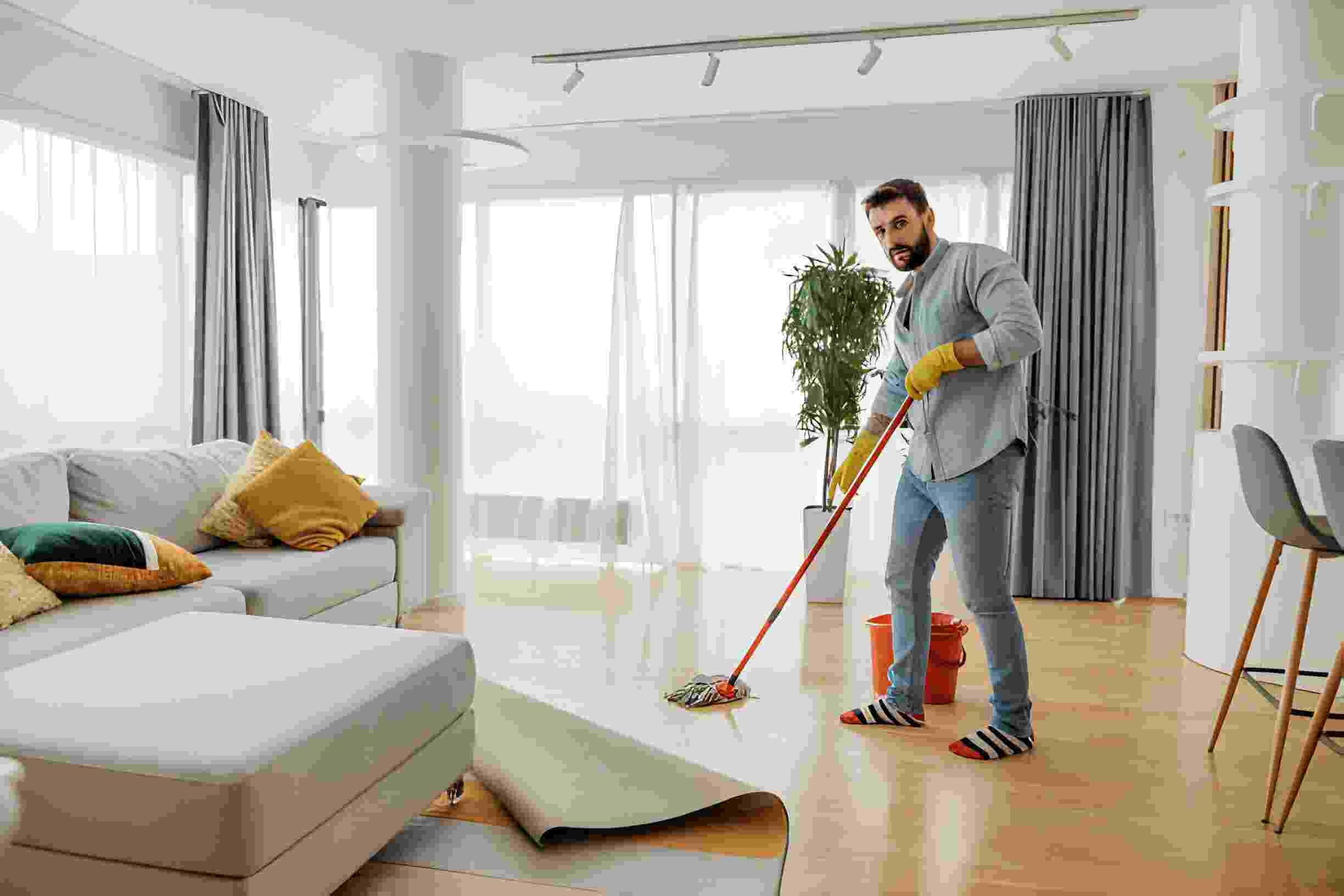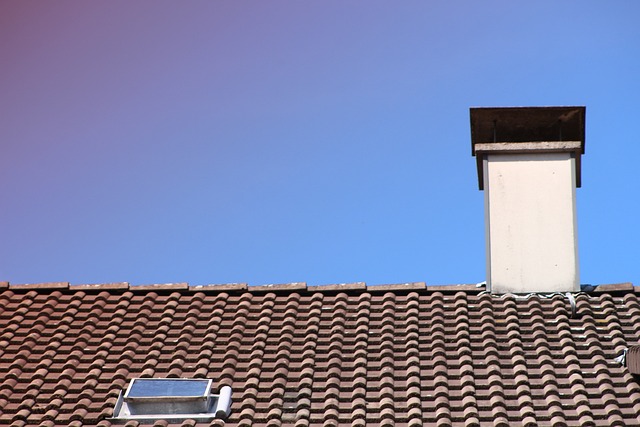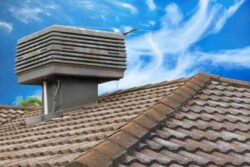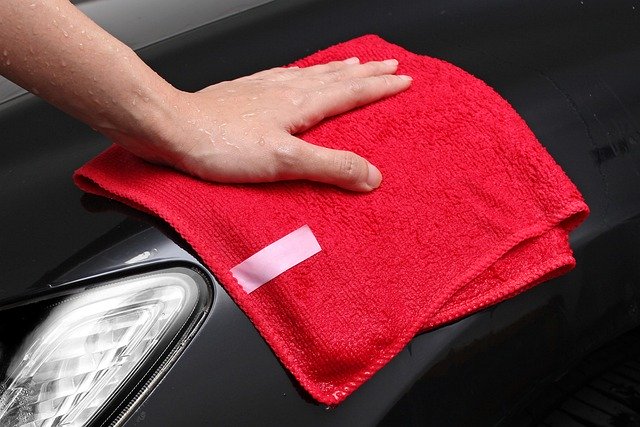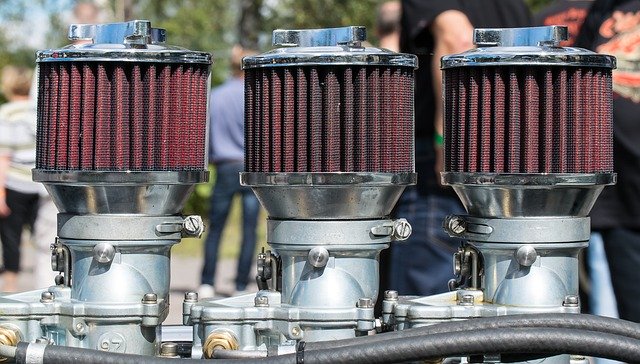There’s a unique allure to hardwood floors that transcends time and trends. They add warmth, character, and natural elegance to any space, whether it’s a cozy home or a bustling business establishment. But like any cherished possession, hardwood floors require special care to maintain their timeless beauty and ensure their longevity. In this comprehensive guide, we embark on a journey to demystify the art of cleaning hardwood floors. From the basics that every floor owner should know to advanced techniques that will have your floors gleaming, we’ve got you covered.
Hardwood floors have been a symbol of sophistication and style for generations. From the charming creak of antique oak planks to the sleek, modern finish of maple, there’s a hardwood to suit every taste. But owning these beautiful floors comes with a responsibility – proper care. In this guide, we’ll explore the myriad aspects of cleaning hardwood floors, ensuring that you have the knowledge and techniques to preserve their charm, protect your investment, and keep your space inviting for years to come.
Whether you’re a first-time hardwood floor owner looking for guidance or a seasoned pro seeking to refine your technique, our ultimate guide is here to help. We will delve into everything you need to know about cleaning hardwood floors. From understanding the basics to mastering advanced techniques, you’ll become well-versed in the art of keeping your hardwood floors in pristine condition.
What to Know About Hardwood Floors
Before diving into cleaning methods, it’s crucial to understand the different types of hardwood floors and their finishes. This knowledge will help you determine the most suitable cleaning approach.
Types of Hardwood Floors
- Solid Hardwood: These floors are made from a single piece of hardwood and can be sanded and refinished multiple times. They are a durable and classic choice for many homeowners.
- Engineered Hardwood: Comprising multiple layers of wood with a hardwood veneer on top, engineered hardwood is more stable than solid hardwood and can withstand fluctuations in humidity.
Types of Hardwood Floor Finishes
- Surface-Sealed: These floors have a protective layer of finish that sits on the surface, making them highly resistant to moisture and stains. They are easy to clean and maintain.
- Penetrating Oil Sealed: These floors are sealed with an oil finish that penetrates the wood, giving them a natural and matte appearance. They require more maintenance to keep them looking their best.
- Urethane-Coated: These floors have a urethane finish that provides excellent durability and water resistance. They are common in commercial settings.
- Wax-Finished: These floors have a wax coating that gives them a soft, natural sheen. They require regular waxing and buffing to maintain their appearance.
Daily Cleaning and Maintenance
Proper daily care of your hardwood floors can prevent the accumulation of dirt and debris that may cause scratches and damage over time. Here’s how to maintain their pristine condition:
- Sweep or Vacuum Regularly: Use a soft-bristle broom or a vacuum cleaner with a floor brush attachment to remove dust and dirt. Be cautious with vacuum cleaners, as vacuums with beater bars can cause damage.
- Wipe Up Spills Promptly: Liquid can seep into the seams and crevices of hardwood floors, leading to warping or staining. Quickly blot up spills with a clean, dry cloth.
- Use a Microfiber Mop: A microfiber mop is an effective tool for picking up fine particles and minimizing the risk of scratching. Ensure it’s clean before each use.
- Avoid Excessive Water: While hardwood floors can withstand some moisture, excessive water can cause damage. Only use a slightly damp mop for cleaning, and dry the floor immediately afterward.
- Use the Right Cleaning Products: Opt for hardwood floor-specific cleaners or consult your flooring manufacturer’s recommendations. Avoid using harsh chemicals or abrasive cleaners that can damage the finish.
- Consider Area Rugs: Placing area rugs in high-traffic areas and under furniture can protect your hardwood floors from wear and scratches.
Deep Cleaning and Maintenance
Routine cleaning will keep your floors looking good, but deep cleaning is essential for removing embedded dirt and grime. Here’s how to perform a deep clean:
- Determine Your Floor’s Finish: As mentioned earlier, the finish on your hardwood floor will dictate the cleaning method. Make sure you know whether your floor is surface-sealed, wax-finished, or something else.
- Choose the Right Cleaning Solution: Depending on your floor’s finish, select the appropriate cleaning solution. For surface-sealed floors, a pH-neutral cleaner is ideal. For wax-finished floors, use a cleaner specifically designed for waxed hardwood.
- Prepare the Floor: Remove all furniture and obstacles from the room. Sweep or vacuum the floor to eliminate loose dirt and debris.
- Mop with Care: Apply the cleaning solution as directed. Use a damp mop, not a wet one. Excess water can damage your hardwood floors. Wring out the mop thoroughly.
- Dry the Floor: After mopping, dry the floor using a clean, dry microfiber mop or a soft cloth.
Dealing with Stains
Stains are an inevitable part of life, but they can be particularly troubling on hardwood floors. Here’s how to tackle common stains:
Oil-Based Stains (Grease, Butter, etc.)
Mix a small amount of dish soap with warm water and gently scrub the stain. Rinse and dry thoroughly.
Water Stains (White Spots)
For minor white water stains, rub the stain with a soft, dry cloth. For more stubborn stains, apply a cloth dampened with a 1:1 mixture of white vinegar and water, then dry the area.
Pet Stains
Blot the area with a clean cloth to absorb as much liquid as possible. Clean the area with a mixture of white vinegar and water, then rinse and dry thoroughly. For deeper stains and odors, consult a professional.
Ink Stains
Dampen a cloth with rubbing alcohol and gently rub the stain. Rinse and dry immediately.
Food and Wine Stains
Mix a paste of baking soda and water, apply it to the stain, and gently rub. Rinse and dry.
Preventative Measures
To protect your hardwood floors and reduce the frequency of deep cleaning, consider the following preventative measures:
- Use Furniture Pads: Place felt or fabric pads under the legs of furniture to prevent scratches and scuffs.
- Trim Pets’ Nails: Keep your pets’ nails trimmed to prevent scratches on the floor.
- Control Humidity: Maintain a stable indoor humidity level to prevent warping and cracking. Use a humidifier in dry climates and use a dehumidifier in humid areas.
- Use Entry Mats: Place entry mats at all exterior doors to trap dirt and prevent it from being tracked onto your hardwood floors.
- Rotate Area Rugs: If you have area rugs, rotate them periodically to ensure that wear and sunlight exposure is evenly distributed.
When to Seek Professional Help
While regular maintenance and deep cleaning can address most issues, there are situations where professional assistance is required. Seek professional help if:
- Your hardwood floors have deep scratches or gouges.
- The finish is severely worn or damaged.
- Your floors have water damage, warping, or buckling.
- You’re uncertain about the type of hardwood floor or finish you have.
Professional floor refinishers can sand and refinish your hardwood floors to restore their original beauty.
Conclusion
Cleaning and maintaining your hardwood floors is a labor of love. With the right knowledge and care, you can ensure that they remain a beautiful and enduring part of your home or business. From daily upkeep to deep cleaning, proper attention to your hardwood floors will not only protect your investment but also provide a welcoming and timeless backdrop to your life. Embrace the warmth and elegance of hardwood floors, and make them a centerpiece of your space for years to come.





